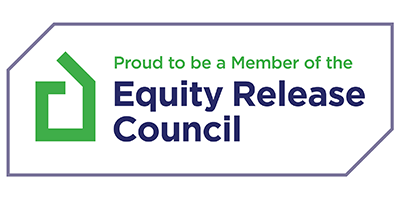In this article
A bridging loan is short-term finance of up to 12 or 24 months that is used to ‘bridge a gap’ typically between a property sale, refurbishment, or mortgage.
Bridging loans are often used when finance is needed quickly for a purchase, refinance, or property investment project.
A bridging loan typically has higher fees and interest rates than a traditional mortgage, however, they can be arranged and completed within a matter of weeks.
Bridging loans are available to:
- Residential customers for properties to live in.
- Landlords and investors for rental properties.
- Buying an auction and property developers.
- Companies and trusts.
- The self-employed and bad credit options.
Bridging Loans
Explained in 56 seconds
Find more videos like this on MoneymanTV
Bridging Loan Examples
Examples of what a bridging loan is used for are:
- Found a property that you want to buy, and you need to sell yours.
- Buying at auction or on a 28-day completion.
- Do-er upper property that is currently un-mortgageable.
- Raising funds quickly on a property with or without a current mortgage for refurbishment or something else.
- Secure a new investment.
- Pay off existing bridging finance, this is called a re-bridge.
- Complicated situations.
Often with bridging loans, customer situations can be complicated and involve bespoke mortgage advice to find the most cost-effective solution.
Alternatives
Alternative products to a bridging loan include a secured loan, or a regular mortgage or remortgage depending on your plans with the property and how much time you have available to arrange the finance.
It’s important to seek independent mortgage advice when considering a bridging loan application as there may be a better product more suitable for your situation.
Exit Strategy
With bridging loans, it is important to have an exit strategy in place from the start. Bridging loans are short term finance solutions therefore, a long-term plan must be present.
How you are going to repay your bridging finance will be part of the application process along with your other assets, income, credit score, and affordability.
Examples of bridging loan exit strategies are:
- The sale of the or another property to repay the loan. This might be where a bridging loan was set up to fund a quick purchase without a sale going through.
- Using longer term finance such as a mortgage to repay the loan. This might be when a do-er upper property is purchased and then refurbished to a level where is acceptable by a traditional mortgage lender. When you qualify, you can remortgage your property to a regular mortgage and your loan will be repaid.
- The encashment of an investment or a pension. Maybe your money has been locked away for a set-term and it was cheaper to arrange short-term bridging finance that face early withdrawal penalties.







